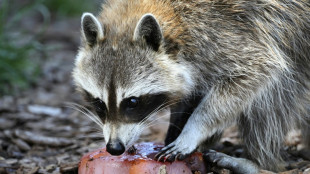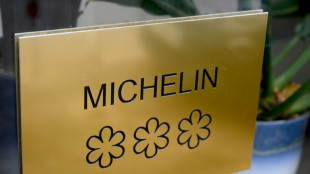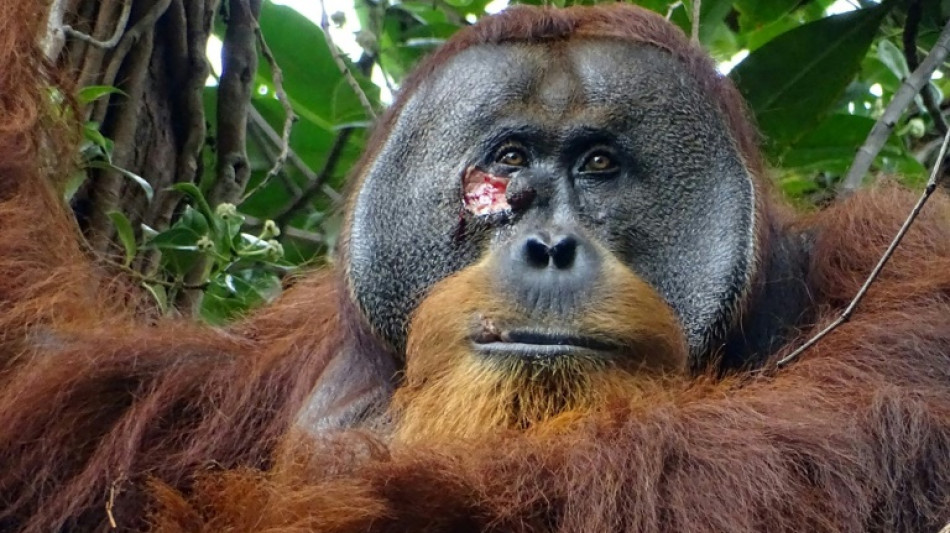
-
 French police kill man trying to set fire to synagogue
French police kill man trying to set fire to synagogue
-
Hong Kong, Shanghai stocks rally on China property support
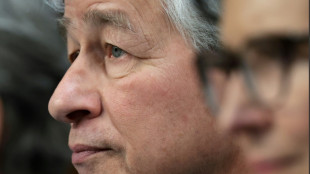
-
 Barca coach Xavi set for sack - reports
Barca coach Xavi set for sack - reports
-
'Couldn't agree terms': Tuchel confirms exit despite Bayern U-turn

-
 'As long as it takes': Georgia's Gen Z leading street protests
'As long as it takes': Georgia's Gen Z leading street protests
-
At Thailand dive expo, fears for coral's future
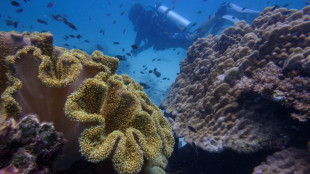
-
 Saudi crown prince seeks soft power in game hub Japan
Saudi crown prince seeks soft power in game hub Japan
-
'We had a great time': Klopp prepares for Anfield farewell

-
 'Couldn't agree on terms': Tuchel confirms Bayern exit
'Couldn't agree on terms': Tuchel confirms Bayern exit
-
Paul McCartney becomes UK's first billionaire musician

-
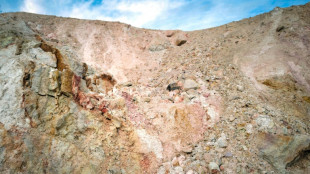 Energy transition risks critical mineral shortage: IEA
Energy transition risks critical mineral shortage: IEA
-
'Fight of the century': Fury, Usyk in rare undisputed clash

-
 Hurricanes survive fightback to regain Super Rugby top spot
Hurricanes survive fightback to regain Super Rugby top spot
-
'Balaclavas and big sticks': New Caledonia tourists trapped by riots

-
 Thiago, Matip to leave Liverpool at end of season
Thiago, Matip to leave Liverpool at end of season
-
Israel says S.Africa 'genocide' case at UN court 'totally divorced' from facts

-
 Gaza fighting rages after Israel vows to intensify Rafah offensive
Gaza fighting rages after Israel vows to intensify Rafah offensive
-
Hong Kong, Shanghai stand out in Asia on China property support
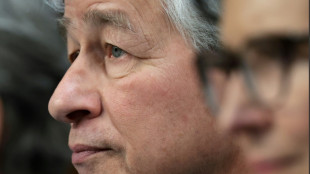
-
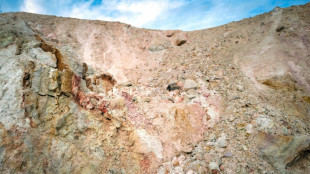 IEA warns of key energy mineral shortage risk
IEA warns of key energy mineral shortage risk
-
Israel says S.Africa 'genocide' case 'totally divorced' from facts

-
 Defender Matip to leave Liverpool at end of season
Defender Matip to leave Liverpool at end of season
-
Musk confirms Twitter has become X.com

-
 Gomes eyes becoming first Portuguese coach to win CAF Cup
Gomes eyes becoming first Portuguese coach to win CAF Cup
-
Crisis-ridden Boeing prepares for turbulence at annual meeting

-
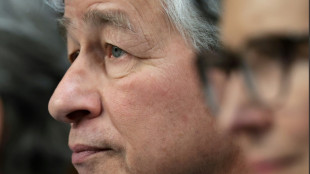 Hong Kong, Shanghai stand out in Asia after China property move
Hong Kong, Shanghai stand out in Asia after China property move
-
Coppola faces press after epic 'Megalopolis' splits Cannes

-
 China offers to buy up commercial housing to boost property market
China offers to buy up commercial housing to boost property market
-
US military says first aid delivered to Gaza via temporary pier

-
 Muslim professionals quit 'hostile' France in silent brain drain
Muslim professionals quit 'hostile' France in silent brain drain
-
China cuts rates, could buy up commercial housing to boost property market

-
 Costner, Gere, Demi Moore: Hollywood icons on Cannes comeback trail
Costner, Gere, Demi Moore: Hollywood icons on Cannes comeback trail
-
Brazil to host 2027 Women's World Cup as Gaza overshadows FIFA meeting

-
 Palestinians call for Israeli ban as Gaza war spills into football
Palestinians call for Israeli ban as Gaza war spills into football
-
Crisis-ridden Boeing hopes for quiet annual meeting

-
 Vienna Festival director Milo Rau hits back at anti-Semitism accusations
Vienna Festival director Milo Rau hits back at anti-Semitism accusations
-
China says could buy up commercial housing to boost property market

-
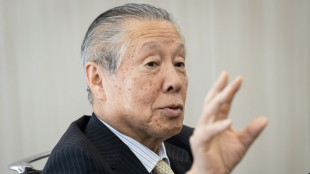 Rapidus 'last opportunity' to put Japan back on global chip map
Rapidus 'last opportunity' to put Japan back on global chip map
-
Despite Western pressure, China in no hurry to reduce Russia support

-
 For sale: unique piece of land in strategic Arctic archipelago
For sale: unique piece of land in strategic Arctic archipelago
-
La Rochelle in the spotlight as tight Top 14 run-in commences

-
 Three key issues to watch for in La Liga this weekend
Three key issues to watch for in La Liga this weekend
-
Departing Hayes urges Chelsea to seize 'second chance' in WSL race

-
 Leverkusen eye 'immortality' as Union fight for final day survival
Leverkusen eye 'immortality' as Union fight for final day survival
-
Klopp leaves lasting legacy after restoring Liverpool to elite

-
 Putin in trade push on final day of China trip
Putin in trade push on final day of China trip
-
Timberwolves crush Nuggets to stay alive in NBA playoffs

-
 Taiwan president takes office under close scrutiny
Taiwan president takes office under close scrutiny
-
Israel to hit back at 'genocide' claims at UN top court

-
 Chinese officials meet to mull support for developers: Bloomberg
Chinese officials meet to mull support for developers: Bloomberg
-
'Hindu nation': Religion trumps caste in India vote


Self-care: Orangutan seen apparently treating wound
Scientists have observed an orangutan applying medicinal herbs to a face wound in an apparently successful attempt to heal an injury, the first time such behaviour has been recorded.
Primates have previously been seen eating plants or rubbing them on themselves in behaviour scientists theorised was intended to ward off disease or discomfort.
But the apparent treatment seen by researchers in Indonesia in 2022, and reported in the journal Nature Scientific Reports on Thursday, is the first time a wild animal has been seen applying medicinal plants to a wound.
Scientists were tracking a male orangutan nicknamed Rakus at the Gunung Leuser National Park in Indonesia's Aceh province when they noticed an open wound on his face.
Three days later, they spotted him chewing the leaves of a vine called Fibraurea tinctoria, which is known for its medicinal properties and has long been used in local traditional medicine.
The orangutan "began chewing the leaves without swallowing them and using his fingers to apply the plant juice from his mouth directly onto his facial wound," said the study by Indonesian and German scientists.
When flies began to land on the site, Rakus "smeared the entire wound with the plant pulp until the red flesh was fully covered with the green leaf material."
The next day, Rakus was seen eating the vine's leaves again, and a week later his wound had closed up, subsequently healing without any sign of infection.
The study describes the behaviour as the "first systematically documented case of active wound treatment with a plant species known to contain biologically active substances by a wild animal."
Researchers said it was impossible to be sure the behaviour was intentional, but the fact that the juice and leaves were applied repeatedly and only to the wound suggests Rakus was trying to treat his injury.
They speculate the orangutan could have stumbled across the treatment, perhaps by first chewing the plant and then finding the juice offered pain relief when accidently touching it to a wound.
Orangutans are known to learn skills from each other through observation, but the scientists said they had no record of similar behaviour in 21 years and 28,000 observation hours in the area.
Rakus however had moved to the region from elsewhere, raising the possibility he learned the medical technique from a different community.
The observation adds to a growing body of evidence about the way primates use plants to keep healthy, including swallowing whole leaves that have anti-parasitic properties.
Elsewhere in Indonesia, orangutans have been seen rubbing the chewed leaves of a different plant into their skin, possibly to harness its anti-inflammatory properties.
And in 2022, scientists reported on chimpanzees in Gabon that were seen apparently applying insects to wounds.
C.Kovalenko--BTB


